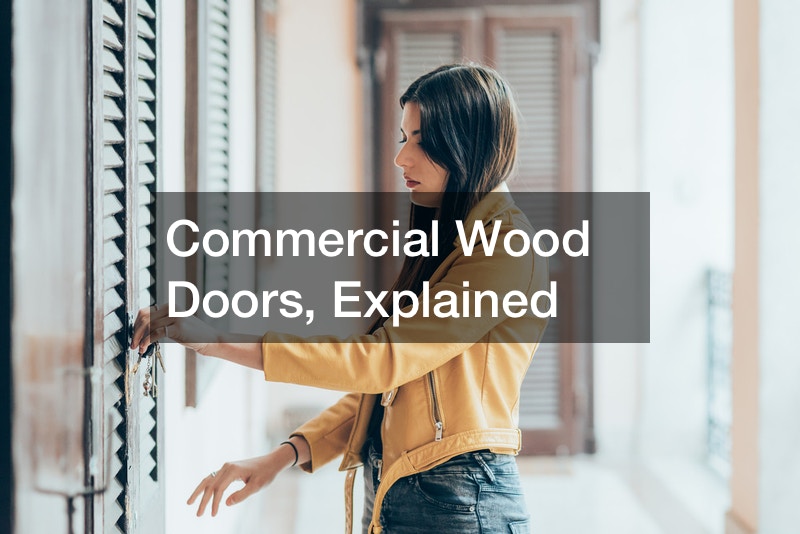
The following video of Convergence Training by Vector Solutions is an illustration of how a commercial wood door operates. The door uses a hydraulic closer to close automatically. The encased hydraulic has a spring that provides the force for the door to close.
When opening the door a shaft moves the piston against the spring.
It compresses the spring triggering the hydraulics to move through the ports. The hydraulic fluids and valves control the speed at which the door opens and closes. While closing, it is counter-acted by a hydraulic fluid that controls the speed at which the door closes.
The door’s closing mechanism comes with three settings; back check, swing speed, and latch speed. The back check setting offers resistance and controls how wide the door opens while the swing speed checks how fast the door closes to a few inches before it closes. The latch speed setting controls how the door closes the last few inches before it latches. The swing and latch speed should be tuned to ensure the door closes in 5-7 seconds from a 90 degrees position.
To stop the door from opening, you can use a kick-down stopper or place one at the bottom of the door under the door handle. You can also use a small weight as long as it’s not a hazard for tripping. Avoid placing a wedge between the door hinges and the frame. Lastly, always keep commercial wood doors closed in case of fire to prevent the spread of smoke.


